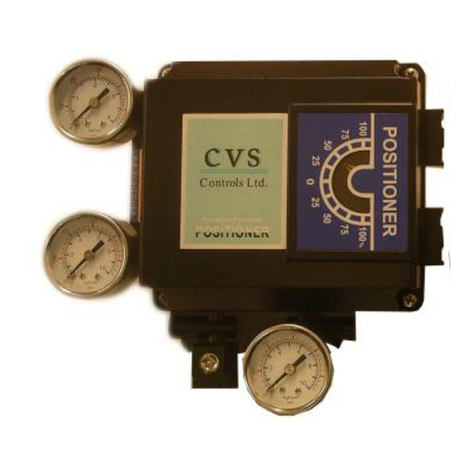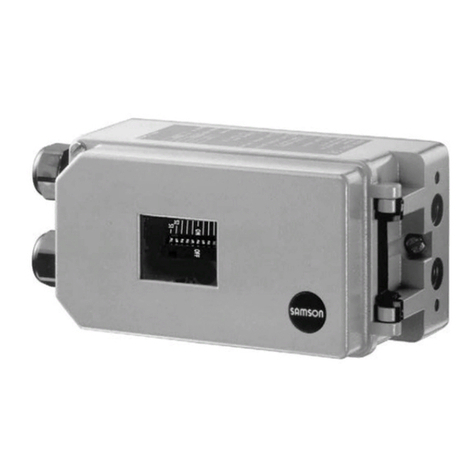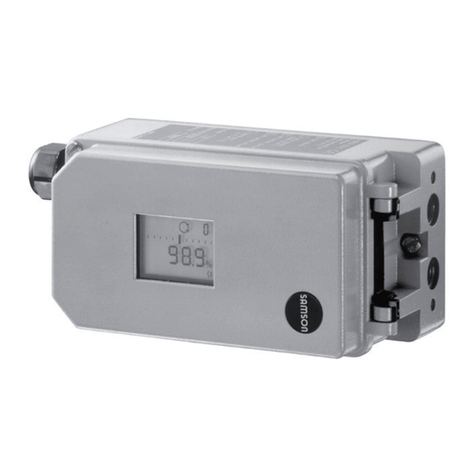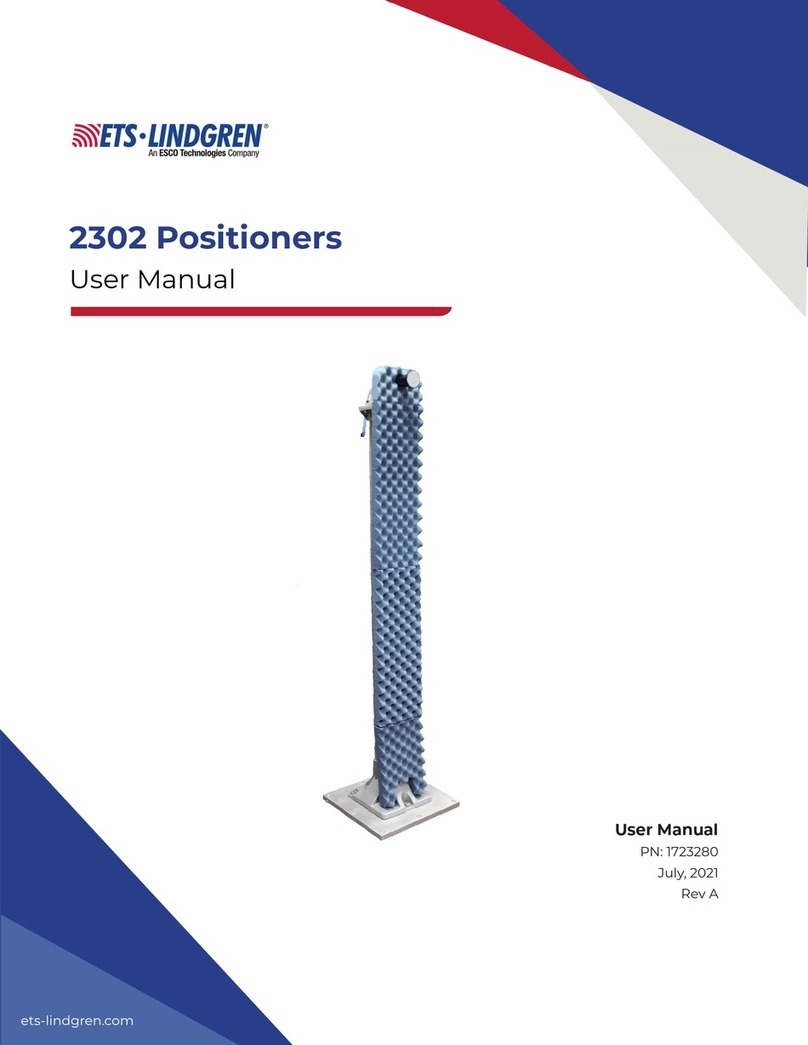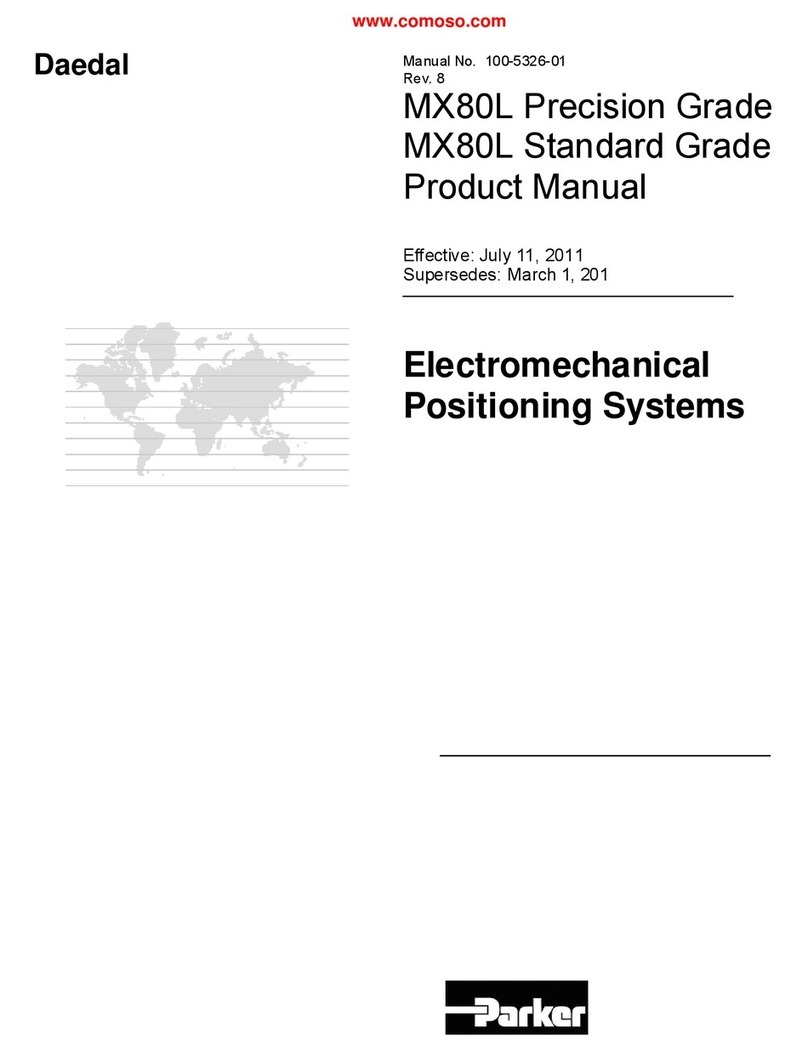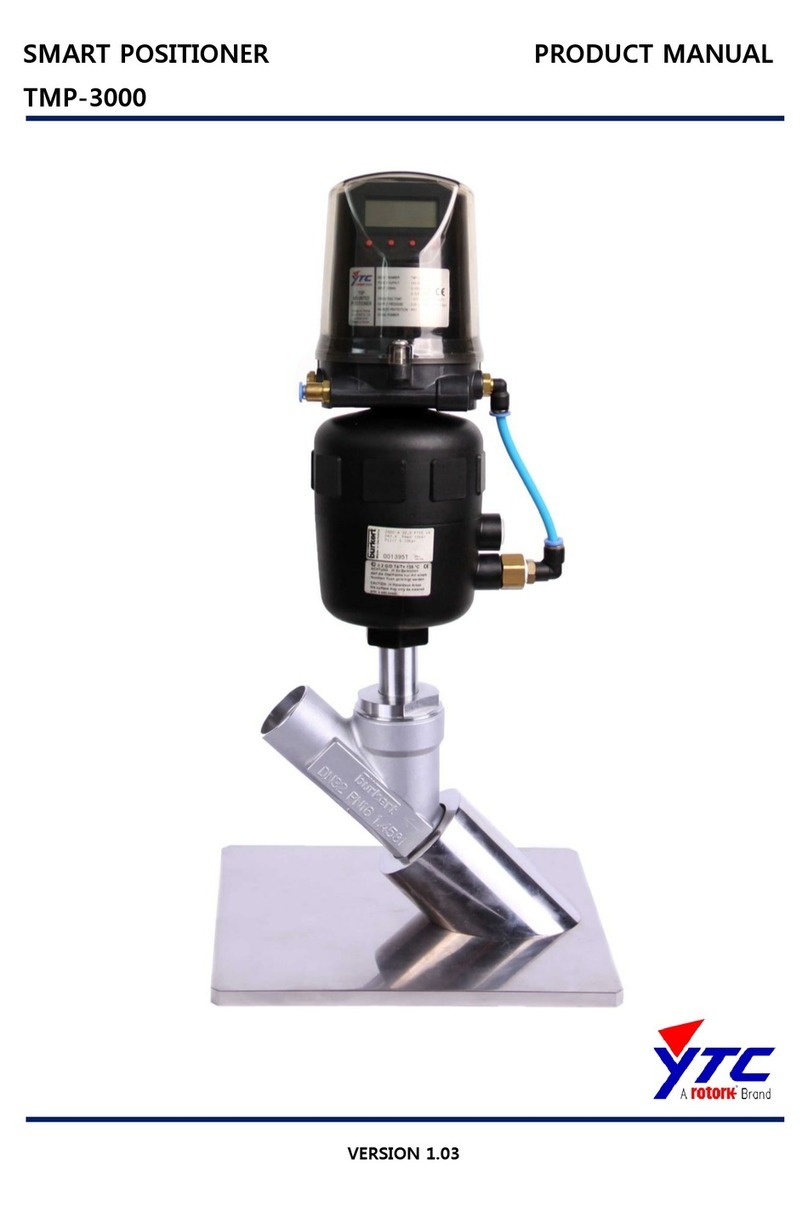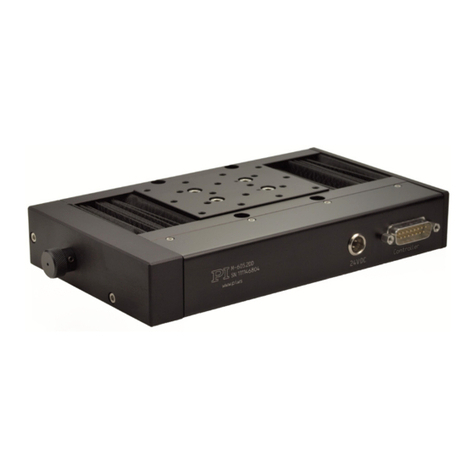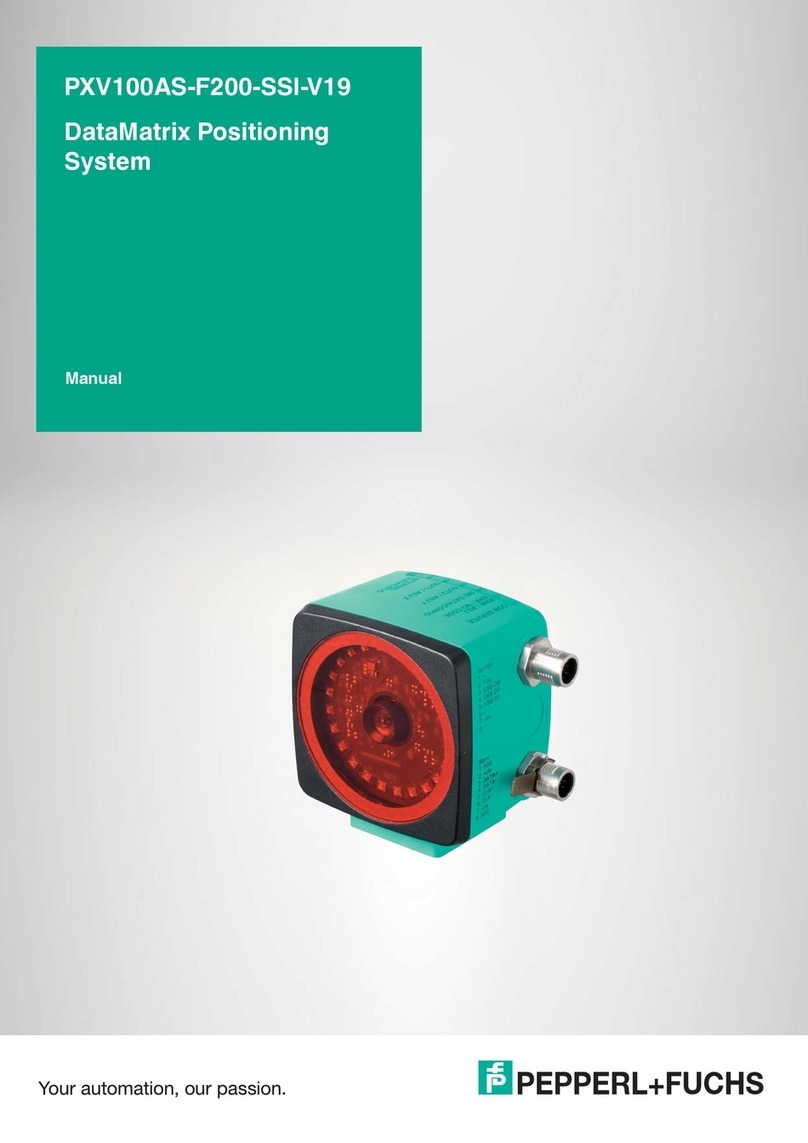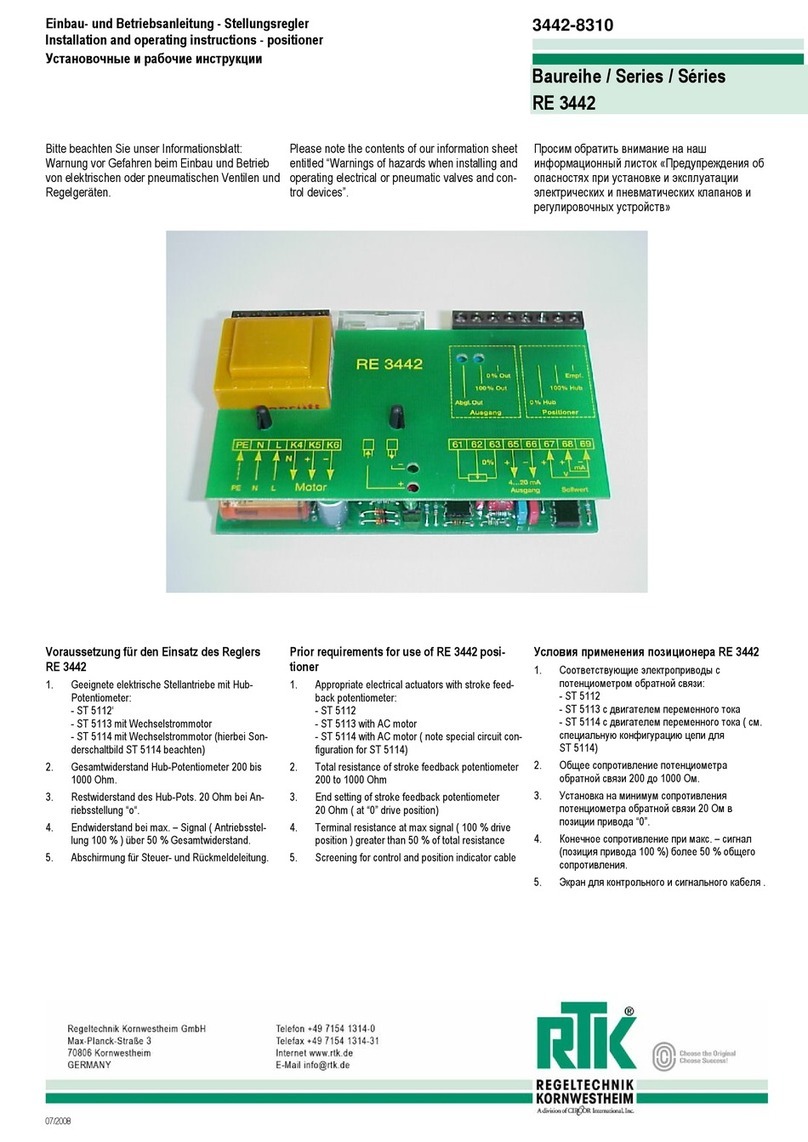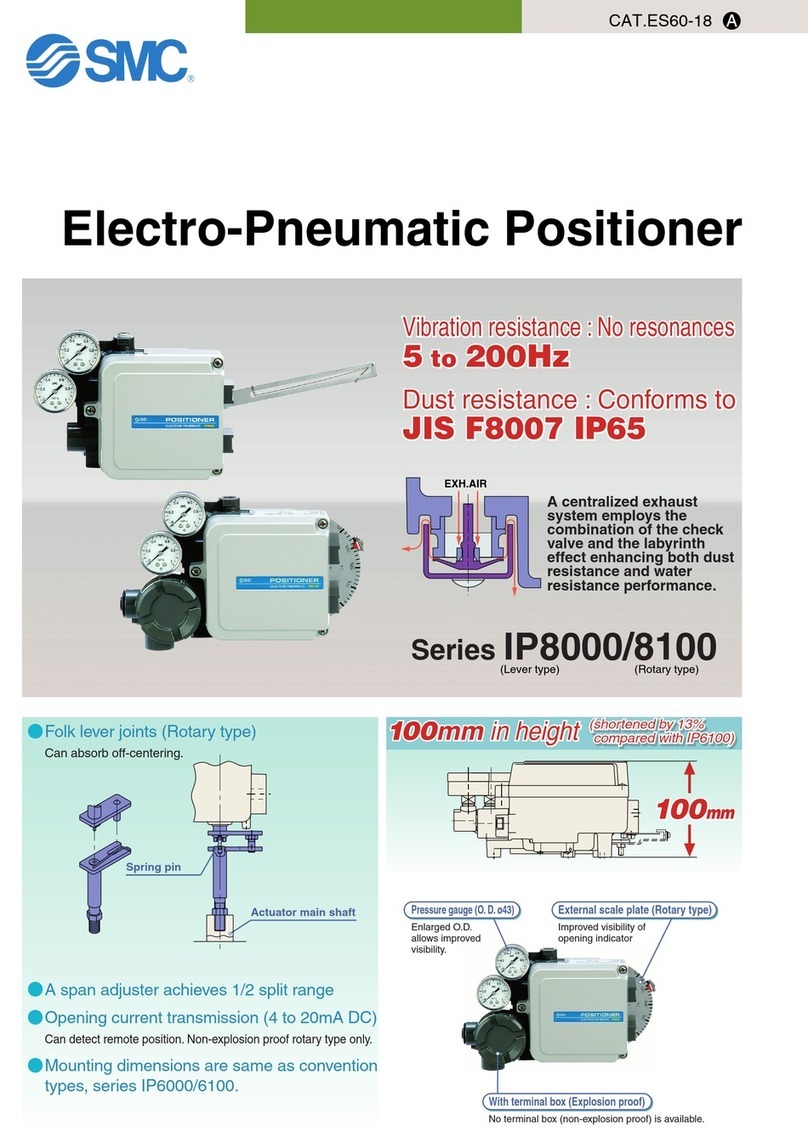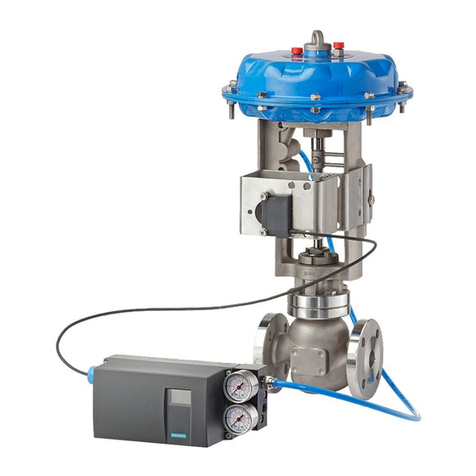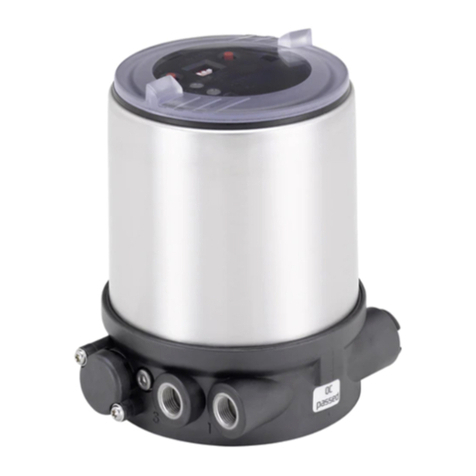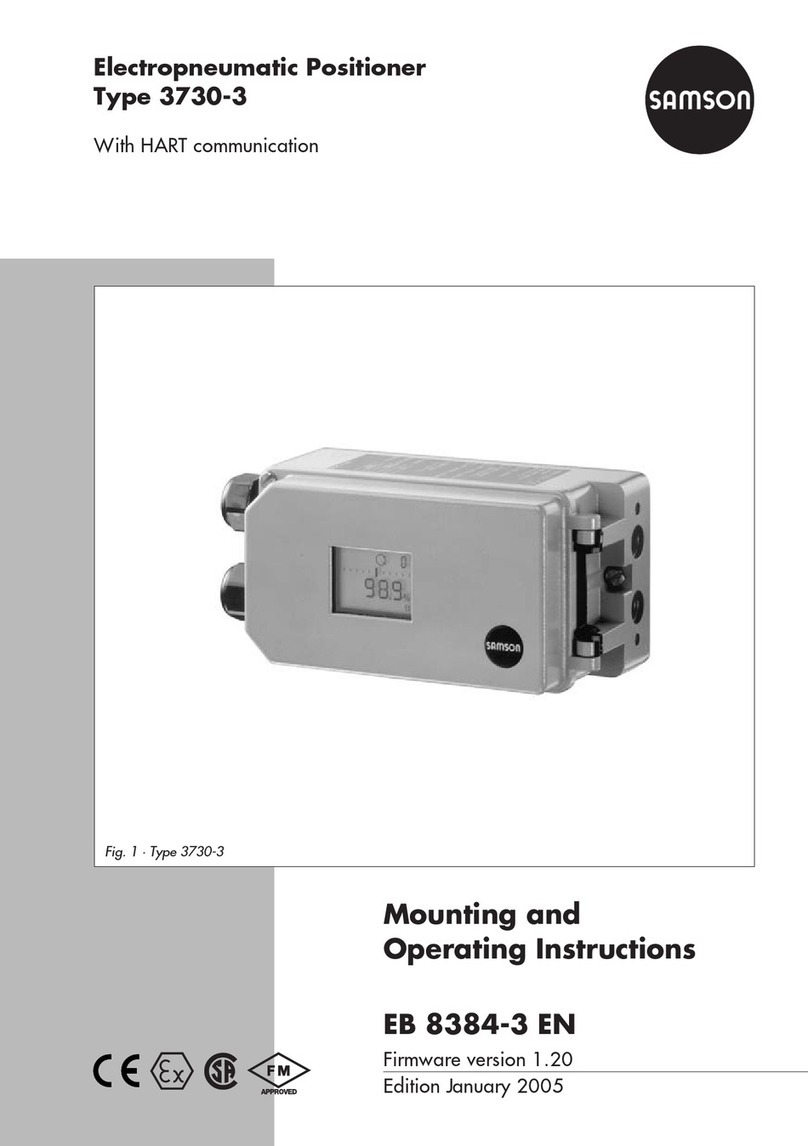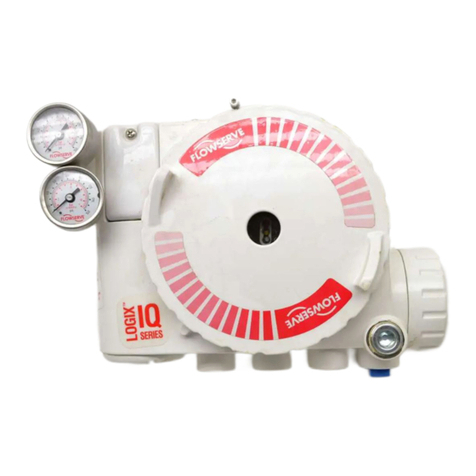Table of Contents
Section 1 - Preface ........................................................................................................................................................ 5
1.1 Conventions Used in this Manual........................................................................................................................................ 6
1.2 General Hazard Information.................................................................................................................................................. 9
Section 2 - Option Overview..................................................................................................................................... 11
2.1 Rook Nanopositioner ............................................................................................................................................................. 11
2.2 Touchscreen Monitor.............................................................................................................................................................17
2.3 Motion Control Unit...............................................................................................................................................................19
Section 3 - Option Installation & Handling...........................................................................................................21
3.1 Packaging Contents................................................................................................................................................................21
3.2 Connecting System Cables and Power............................................................................................................................. 22
Section 4 - Sample Installation................................................................................................................................26
4.1 Magnetic Fields....................................................................................................................................................................... 26
4.2 Payload..................................................................................................................................................................................... 27
Section 5 - Usage & Operation (Galaxy 1.18 UI)..................................................................................................28
5.1 System Control Options........................................................................................................................................................ 28
5.2 System Menus ........................................................................................................................................................................ 39
Section 6 - Care & Maintenance .............................................................................................................................47
6.1 System Care ............................................................................................................................................................................. 47
Section 7 - Diagnostics and Troubleshooting .....................................................................................................49
7.1 Troubleshooting Guide ......................................................................................................................................................... 50
Section 8 - Getting Help and Contacting Montana Instruments....................................................................53
8.1 Technical Support Information........................................................................................................................................... 53
Section 9 - Appendices.............................................................................................................................................. 55
9.1 Related Documentation........................................................................................................................................................ 55
9.2 General Terms and Definitions........................................................................................................................................... 56
9.3 Galaxy UI Screen Elements (Iconography) ...................................................................................................................... 57
